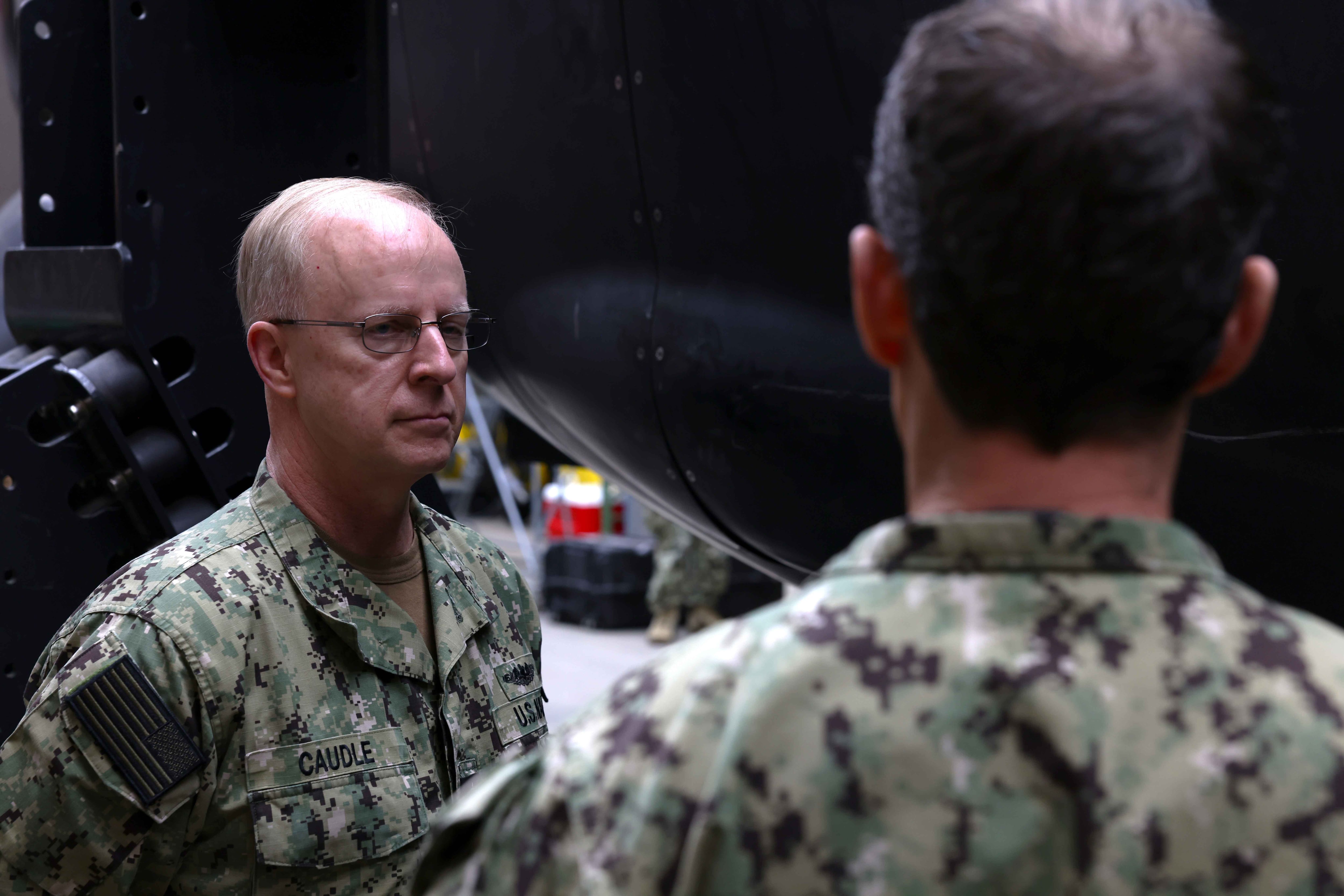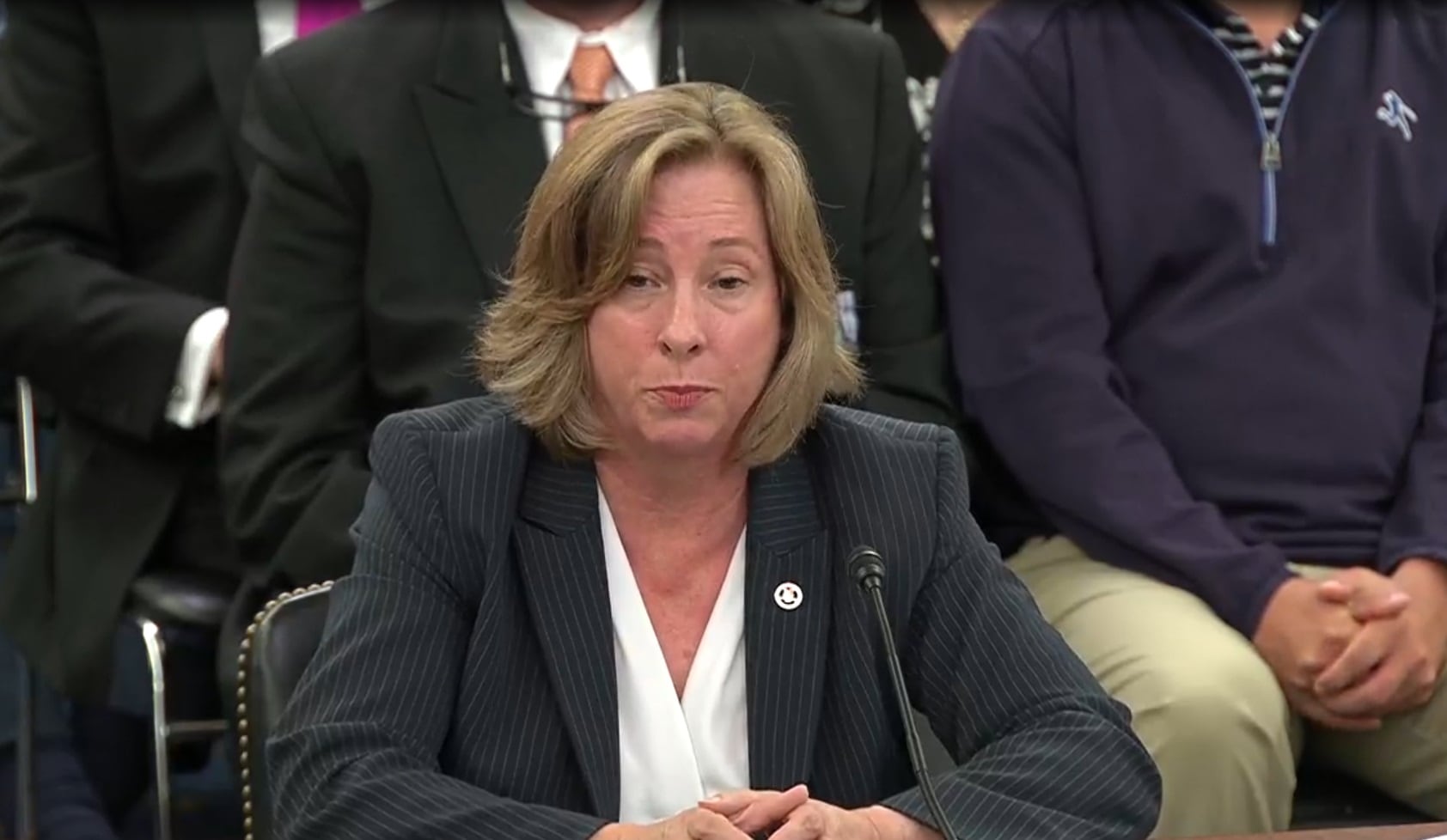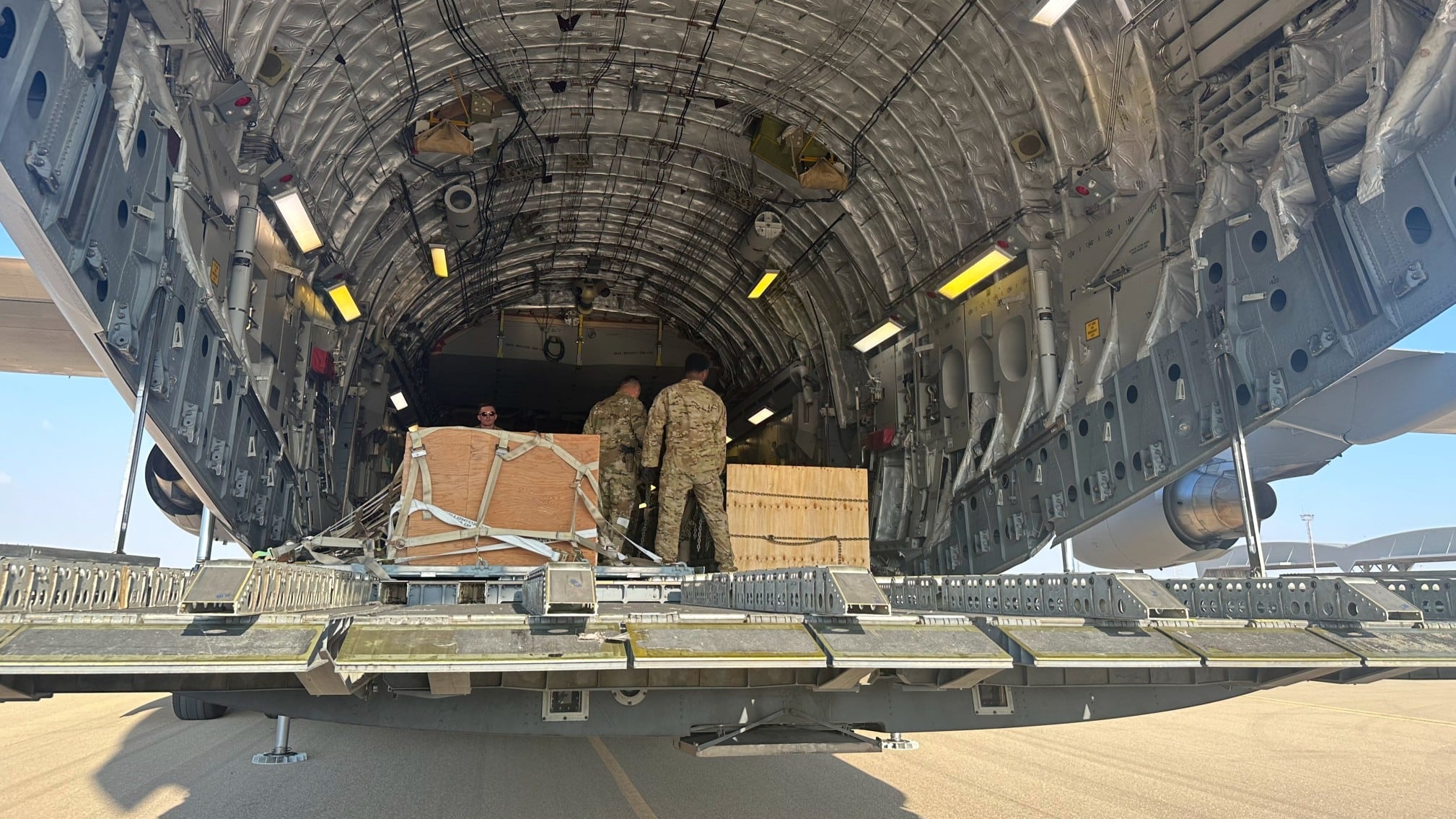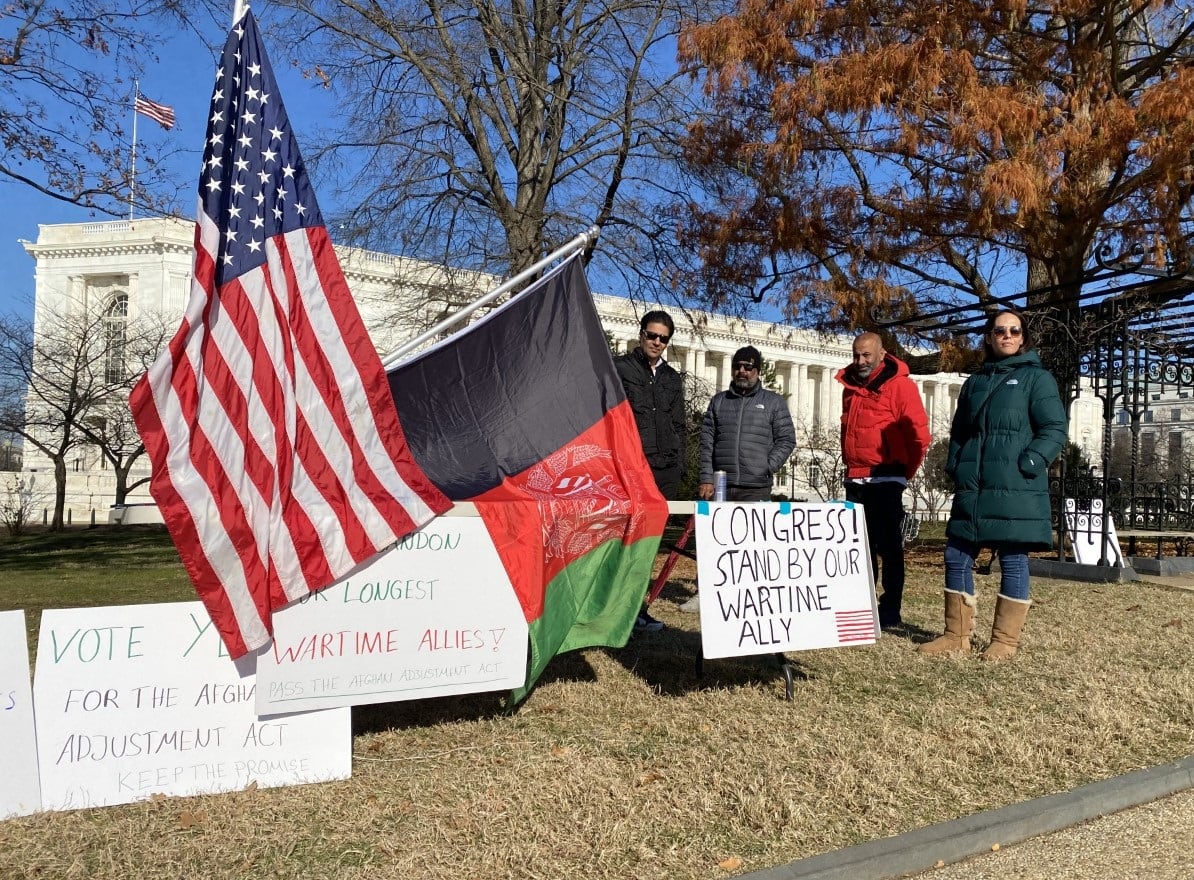The Oct. 4, 2017, ambush of a U.S. Army Special Forces team by militants aligned with the Islamic State in the Greater Sahara caught the American public and the U.S. military flat-footed. The ambush sparked debate over the role U.S. forces played in Africa by shining a spotlight on far-flung missions many people weren’t even aware were underway.
The U.S. military investigation that followed did little to tamp down on the questions that bothered Michelle Black, the widow of Green Beret Staff Sgt. Bryan Black, who was among the four U.S. soldiers and five Nigeriens slain in the ambush.
Following Bryan’s death, Michelle received many of the expected condolence visits from Bryan’s superior officers, but she wound up with more questions than answers after Army officials briefed her family. Following many delays, the official investigation was made public, but Michelle believed it twisted the narrative, placing primary blame on the men themselves rather than the ill-conceived operation. For her book, “Sacrifice: A Gold Star Widow’s Fight for the Truth,” Michelle interviewed many of the mission’s survivors and questioned the inconsistencies in the official report.
This excerpt from the book starts after Michelle read a Buzzfeed news article in December 2017 describing the ambush as the result of “reckless” behavior on the part of the U.S. Green Berets assigned to Operational Detachment Alpha 3212.
This article was the first time I heard the claim that the Special Forces unit behaved recklessly. It left me completely baffled. The team was said to have made the decision to stay the night near the Mali border in a highly dangerous area. This didn’t fit with anything I had yet read—with anything my husband would have done. Bryan had voiced to me multiple times, including the last time we ever spoke, that he did not like going on missions up near the Mali border because it was dangerous. He had also told me they did not have legal permission to cross into Mali and that they were ordered to always stay on the Niger side of the border.
From then on, a trickle of negative information became a flow of articles painting lower-level officers in a bad light—particularly team captain Mike Perozeni. Reporters alluded to information that it was not SOCAFRICA [Special Operations Command - Africa] that had behaved recklessly, but rather the team. There were questions and innuendos about the team’s ill intent for the mission. It wasn’t long before the men of ODA 3212 found themselves under scrutiny by AFRICOM [Africa Command], the military, the public, and the media. In the following weeks and months, those questions turned into character assassinations as two active-duty Green Beret team members had their names leaked to the press, an unbelievable betrayal by the military. Special Forces soldiers and their families are high-value targets to any enemy of the U.S., so it is known that they are to remain anonymous while operational. Captain Perozeni was one of those whose names were released, then dragged through the mud. Every move he made during the ambush was publicly criticized.
While there were multiple anonymous sources and officials quoted in the BuzzFeed article and in similar pieces, I knew the men on the team and I knew my husband. I knew how much blood and sweat, and how many tears and years, they had each put into earning that green beret. No single Green Beret, let alone an entire team, would go rogue to hunt down a terrorist without proper approval. Misleading higher authorities would damage their careers and put their lives at risk. That was one thing I felt certain of.
Next, articles soon came out claiming that the team was young and that inexperience had led to mistakes. A Politico article read: “Derek Gannon, another Green Beret combat veteran, acknowledged that ‘a lot of mistakes happened’ during the mission. ‘This was a young team and they were not expecting contact, and once the bullets flew, that team fell apart.’”
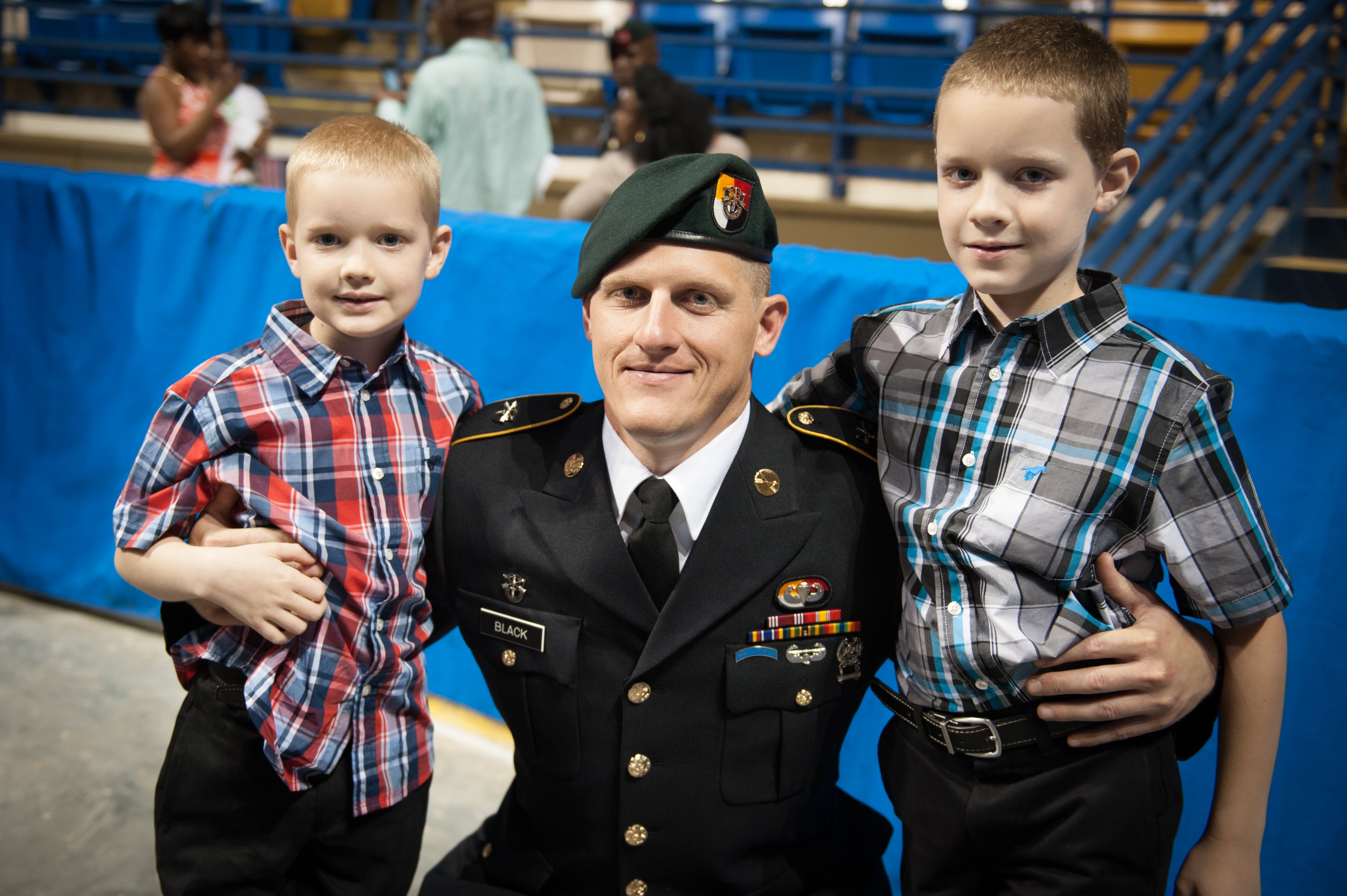
While there were a few new members on the team, there were also many seasoned soldiers who had been on the team for many years. One of the newest recruits had come to the team after serving for four years with the 82nd Airborne Division and six years in Ranger Regiment. He was a highly decorated soldier who had been in combat multiple times over the course of his career. He was on his eighth deployment when the team was ambushed. Several other team members had similar backgrounds both in combat experience and in deployments. Knowing these facts, I could not believe that the team simply fell apart.
I also could not believe that Captain Perozeni—who had just earned his green beret and joined the team—could have convinced any one of the men to go rogue. And even if I was wrong about the others, the one person I knew beyond a shadow of a doubt would never go rogue was my husband. Bryan would have stayed behind at camp if he had thought for a minute that they were going on a kill-or-capture mission without backup and approval.
Bryan was not averse to risk, but he was a thinking man, a master of chess. Even when he played poker for a living, he believed in calculated risk, and he never would have gambled with his life. Before making any move, he would run the numbers, consider all possible outcomes, and make his decisions based on probability. I knew he hadn’t gone rogue, but I didn’t know what had happened.
By January, articles mentioned possible reprimands for officers who had failed to follow procedures. Most of the media seemed certain that the villagers had not set up the team, so quotes from the villagers were scattered throughout many articles. While the investigation was still incomplete, I doubted a village mere feet from the site of my husband’s death was uninvolved. To report on the village leader’s version of events when they had not been formally cleared by investigators seemed to me like interviewing potential murderers and taking their word as truth. Many of the quotes conflicted with one another and with the overall narrative put forth so far.
For four long months the families of the fallen and the men on the team waited as the investigation unfolded. The men on the team believed, as did I, that once the investigation was complete we would be able to get on with our lives with the full truth out in the world. The team believed that they would soon be acquitted before the public—and, most important, the families of the fallen.
One day in late January I was driving to pick up Ezekiel and Isaac from school while the radio blared music. As the light turned, my phone lit up with a message from my CAO [Casualty Assistance Officer]: “Can you take a call?” I was relieved, thinking that this meant the AFRICOM investigation was finally done. But when I answered the CAO’s call, his heavy tone indicated something else.
“I have bad news and I will be going straight from work to your house tonight so we can talk.”
I laughed darkly, thinking, What can be that bad? My husband already died in a very public fashion! Nothing can top that. As it turns out, something could.
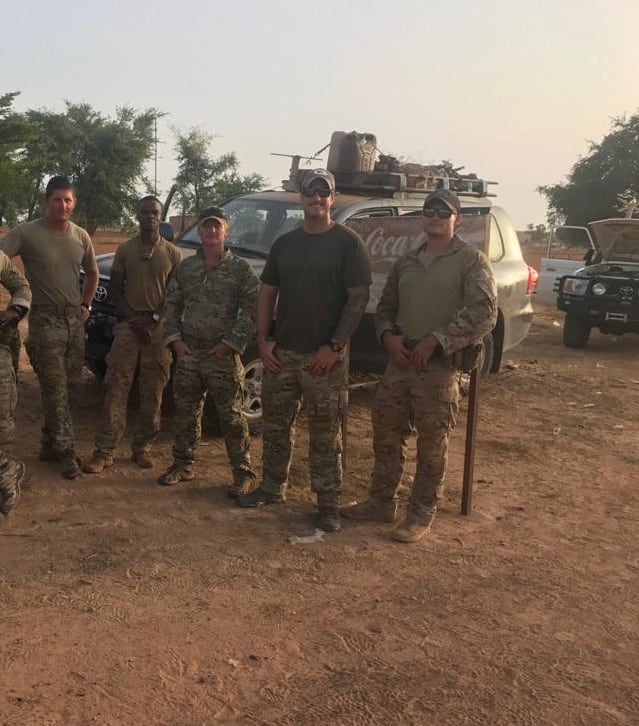
“I’m sorry to have to tell you,” said my CAO, “that there are rumors there may be video footage by ISIS circulating of the attack and the deaths. There may also be pictures . . . They are believed . . . well, they think some are of your husband. They are circulating on an online terrorist site. It’s only a matter of time before the media uses these. For now, the government is trying to block the media’s access to these so they will not go public.”
As he spoke, I fought back the urge to throw up.
Pictures and video of my husband’s death? I gulped in air as I tried to calm myself alone in my car. How was I going to hold myself together in front of my kids until the CAO arrived at my house? Henry had flown back home for a few days, and I was going to have to deal with this on my own. I saw my sons making their way across the parking lot, so I took a deep breath as the car door swung open.
“Hi, guys! How was your day?” I asked with a big smile under large dark glasses meant to hide my swollen eyes.
“It was good, Mom,” Ezekiel said.
“How was your day, Mom?” Isaac asked.
“My day was good, too,” I replied, realizing I’d become a rather convincing liar.
That night my CAO said he hoped the military would be able to keep the media from releasing the video. For a month we stayed tuned—then we began to feel confident that the video would never go public. Unfortunately, the video’s existence changed the timeline for the investigation being finished. We were now told that AFRICOM was reviewing the video for the investigation, which meant the brief wouldn’t be ready for families for another month or two.
During February and March more articles appeared containing more conflicting and confusing information. One February New York Times article stated that “AFRICOM poorly planned the joint patrol and then changed the mission three times while it was underway.”
On February 26, the National Geographic channel aired the Chain of Command episode in which ODA 3212 was shown only months earlier going about their daily routine in Niger. I had not been following the series and was surprised when a friend messaged me to say she was excited to see our boys on TV. I realized in that moment the level of disconnect that existed between those watching whose husbands had come home safe and those of us whose husbands had been killed. I was not excited; I was terrified.
I wanted so badly to watch hours of footage of Bryan working in Niger, but I feared the reaction I would have to seeing him—or not seeing him. He had told me he’d done his best to avoid the cameras, and now I was heartbroken. I wanted to see him one more time. To hear him speaking Hausa, which he had learned before his 2016 deployment to Niger. He always told me how much he loved going into the villages and talking to the local people in their own language. I prayed that somehow National Geographic had filmed him doing that, but deep down I knew better than to hope. And I was right. The day I watched the episode I strained to see Bryan, to hear him, but all I got was a profile of him eating. He had successfully achieved near anonymity in his TV debut just as he had hoped. God, I loved him. He’d always hated attention and I couldn’t fault him for that, but not seeing more of the man I loved hurt.
I did see a lot of the officers who had visited my home: Major Alan Van Saun, Colonel Moses, and the colonel’s wife, Stacy. The colonel’s kids had played with mine outside the church following the unit memorial. I appreciated that both officers took the time to acknowledge my family and our loss.
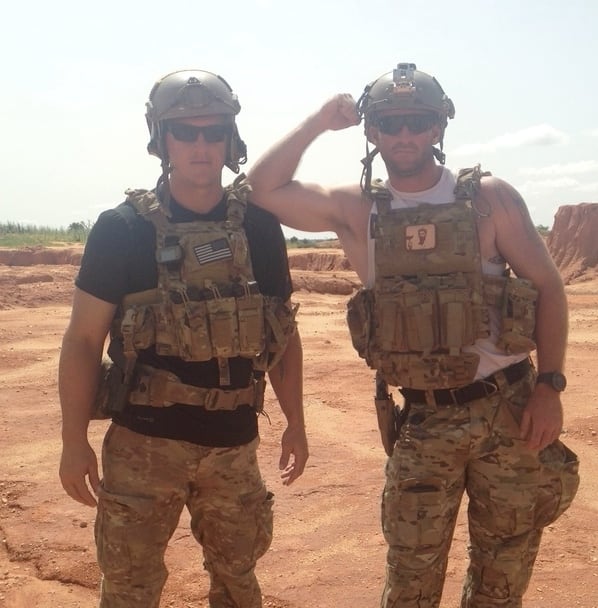
After watching the Chain of Command episode, I was left with mixed emotions and memories of the past few months. It seemed incredible to me that National Geographic had filmed, created, and aired the episode in such a short period of time. It seemed surreal that the show was already wrapping up, yet here I was still waiting for answers from the Army.
Only weeks after that episode aired, The New York Times put out another article about the ambush that read, “according to the third Defense Department official, a lieutenant colonel in Chad had already approved both the helicopter raid based from Arlit, which was scrapped, and Team 3212′s original reconnaissance mission, which had taken it just 15 miles from the ambush site outside the village of Tongo Tongo.
“Additionally, that official said, Col. Bradley Moses, the head of 3rd Special Forces Group in Germany, was informed of the two missions. The official was not authorized to discuss the missions or the investigation publicly.”
Colonel Bradley Moses, who had come to my home with his wife just days after Bryan’s death, had been informed of those missions. The very man who had sat on my couch that first week and told me he knew very little about what had happened and what led up to the ambush. Yet he had been part of the process of approvals for and was aware of the mission the team was being sent on before they were sent. The mission that had killed Bryan, LaDavid, Dustin, and Jeremiah. Why had Colonel Moses said nothing of the part he had played? I thought being a leader meant taking responsibility for your part in things even when they go wrong. My head spun, and I started to feel I couldn’t trust anyone.
March came and there was no end in sight. I was more confused and had more questions than ever. I found myself wondering: Who was the officer that ordered the mission? I had never heard his name; I only knew that he was a lieutenant colonel located in Chad. Who else was part of the decision-making process? What was the chain of command?
It was ironic, really, that a National Geographic documentary series called Chain of Command had filmed an episode of my husband and his team only weeks before the ambush. The series’ goal was to explore the chain of command from the Pentagon to the front lines. Now here I was needing answers about that very same chain of command and how they had operated from the top down in the days leading up to the attack on the team. Somehow, all those higher up the chain of command who were featured in that documentary were now conspicuously missing from the very real-life drama that their authorizations and command decisions had created.
From the book “Sacrifice: A Gold Star Widow’s Fight for the Truth” by Michelle Black. Copyright © 2021 by Michelle Black. Published by G.P. Putnam’s Sons, an imprint and division of Penguin Random House LLC. All rights reserved. “Sacrifice” is available for purchase.
Michelle Black is a mother of two boys and is a Gold Star wife. She has a background in environmental sciences and horticulture, is an experienced snowboarder and has a passion for writing. She lives in Washington State.
Editor’s note: This is an op-ed and as such, the opinions expressed are those of the author. If you would like to respond, or have an editorial of your own you would like to submit, please contact Army Times editor Kyle Rempfer, krempfer@militarytimes.com.

